FORENSIC SCIENCES AND ITS HISTORICAL DEVELOPMENT
Forensic sciences encompass various disciplines that meticulously collect all the evidence related to an incident and work with many disciplines that can contribute to the elucidation of crimes. Although the field has a wide range of study areas, some of the main topics include alcohol and toxicology, child abuse, femicide, examination of death and postmortem changes, identification, autopsy and forensic pathology, evaluation of traumatized individuals, assessment of disability cases, evaluation of sexual assault and domestic violence cases, age determination, medical errors (malpractice), examination of handwriting, signatures, and photographs. When an incident occurs, forensic sciences conduct analyses to determine the identity of the suspect(s). The scientific and technical investigation, acquisition, documentation, and proper collection of physical evidence at the crime scene, as well as the examination and analysis conducted in laboratories, are indispensable practices for establishing the connection between the crime scene, the perpetrator, and the victim, in order to ensure a fair and objective trial.
It is not possible to provide an exact date for the beginning of forensic sciences because legal issues and efforts to find their solutions have existed since the existence of humans. Throughout history, law and medicine have interacted and formed the foundation of forensic sciences, particularly the concept of "forensic medicine."
Forensic sciences first emerged with forensic medicine in Ancient Egypt around 3000 BC. Imhotep, a doctor in ancient Egypt, was the personal physician of the chief judge and is considered one of the first forensic medicine experts in history. It is also noted that forensic medicine is the first and most well-preserved written law related to forensic sciences, which began with the Hammurabi Code (around 1400 BC). Later on, with the diversification of laws, professional experts began to be seen as witnesses in courts, especially since the 19th century. These experts were mainly composed of physicians and provided opinions on relevant questions in cases involving accidents, injuries, or deaths. Thus, the field of medicine later evolved into forensic medicine, taking its place in universities and institutions, forming the foundation of today's forensic sciences.
The first known autopsy in history was performed in France in 1374. Developments were recorded in the field of forensic medicine in the late 17th century, and in 1785, the structure of research and education on "Forensic Medicine and Police Medicine" was established at the University of Prague. During this process, advancements also began in the field of forensic toxicology.
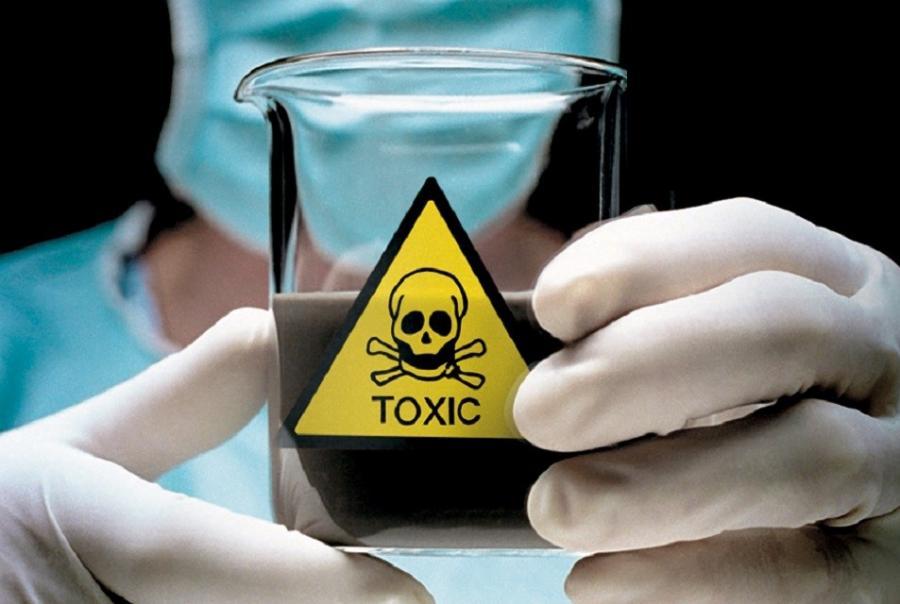 Mathieu Orfila (1787 – 1853)
Mathieu Orfila (1787 – 1853)
Dr. Orfila, a Spanish-born doctor recognized as the founder of modern toxicology in the 19th century, laid the foundations of forensic toxicology. Mr. Lefarge, who died mysteriously, was found to have been poisoned with arsenic through chemical analysis conducted on the remains of his body by Orfila. This discovery demonstrated that arsenic could not be acquired naturally. Thus, Orfila's chemical analysis emphasized the necessity of it being considered as a legal evidence in courts.
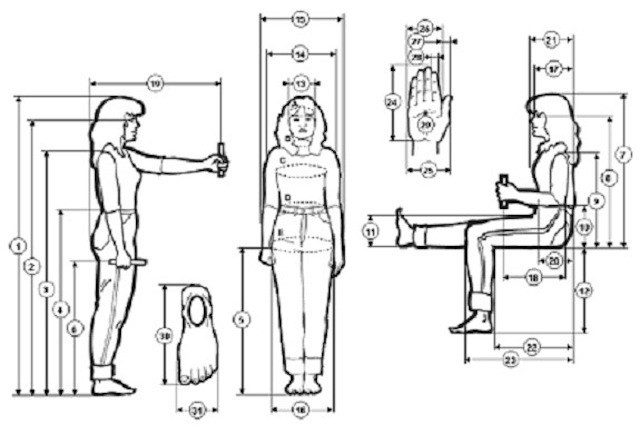 Alphonse Bertillon (1853 – 1914)
Alphonse Bertillon (1853 – 1914)
A. Bertillon, developed the first scientific method of personal identification. The science of anthropometry began to be developed by Bertillon in 1879. These efforts led to him being recognized as the father of criminal identification. The french criminalist has stated that a person's physical properties are unique to that individual and has developed a method to record these measurements. The method is called anthropometry or Bertillonage. The method has also developed a set of precise measuring instruments to be used. Anthropometry became popular in its early years in Europe and America. It was also used by the Ottoman Empire.
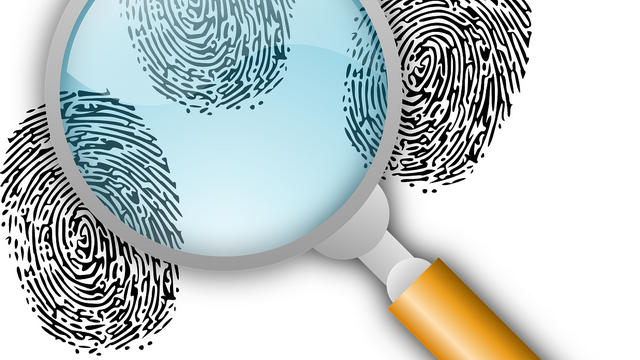 Francis Galton (1822 – 1911)
Francis Galton (1822 – 1911)
He conducted the first systematic study of fingerprints and developed a classification methodology to file them. In 1892, he published a book titled 'Fingerprints,' which contained the first statistical evidence supporting the uniqueness of the individual identification method. It started to be used in the Ottoman Empire in 1910. The first killer captured using fingerprints was Francisca Rojas on June 19, 1892.
Victor Balthazard (1872 – 1950)
He worked as a Professor of forensic medicine at Sorbonne University. He also worked on the first grooves and sets in ballistics. He is also the first scientist to conduct studies on comparisons of human and animal hairs.
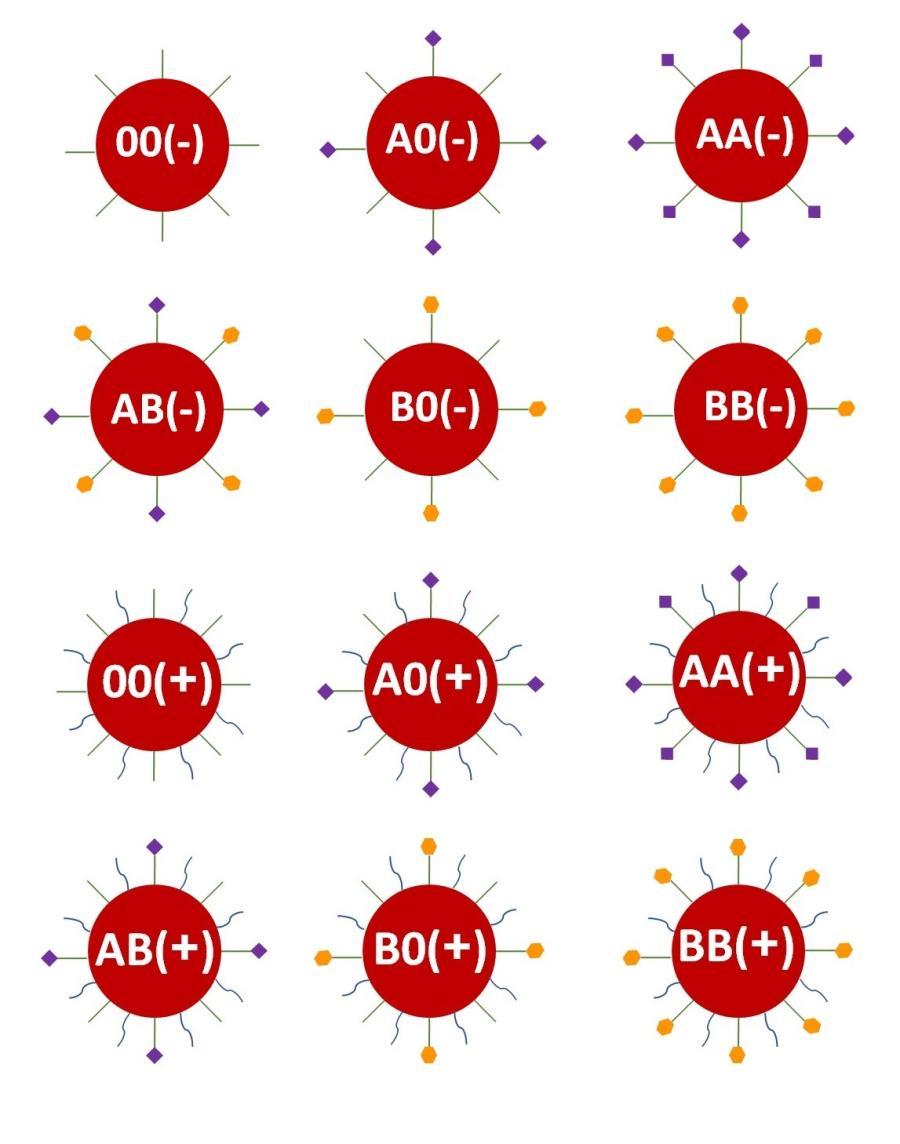 Dr. Karl Landsteiner (1868 – 1943)
Dr. Karl Landsteiner (1868 – 1943)
He carried out modern blood and body fluid typing studies in the 1900s. His discovery of different types of blood groups (A, B, AB, O) led to the discovery of the ABO blood typing system.
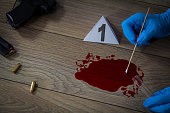 Leone Lattes (1887 – 1954)
Leone Lattes (1887 – 1954)
He worked as a forensic scientist in Italy. The possibility that blood group classifications could play a significant role in the identification of individuals caught Dr. Lattes' attention. In 1915, he developed a relatively simple procedure to determine the blood group of dried blood stains. This procedure was promptly applied to criminal investigations without wasting time.
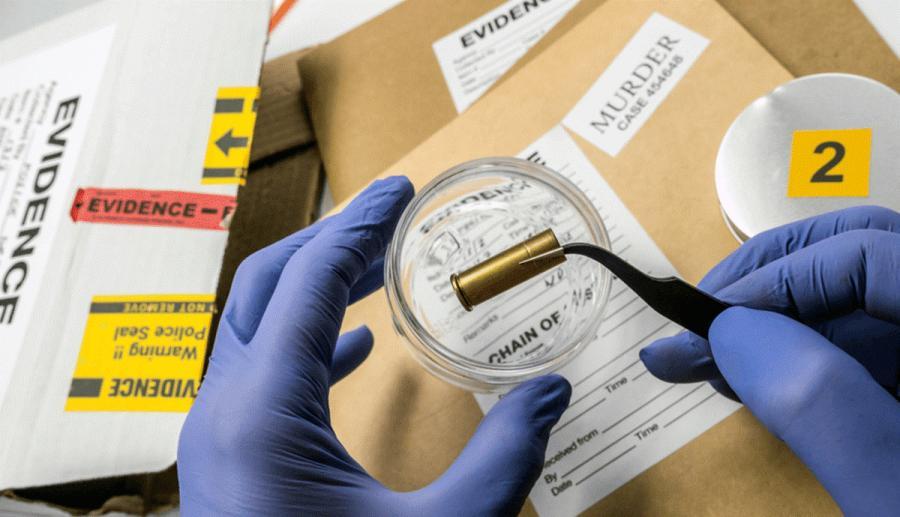 Calvin Goddard (1891 – 1955)
Calvin Goddard (1891 – 1955)
He is known as the father of ballistics. Goddard, an American army colonel, determined the techniques of this examination using a comparison microscope. He enabled the identification of the firing weapon through bullet comparison. He discovered the comparative microscope in 1920. Thanks to this invention, comparisons were also made for bullet, cartridge case, toolmarks, hairs, and fibers.
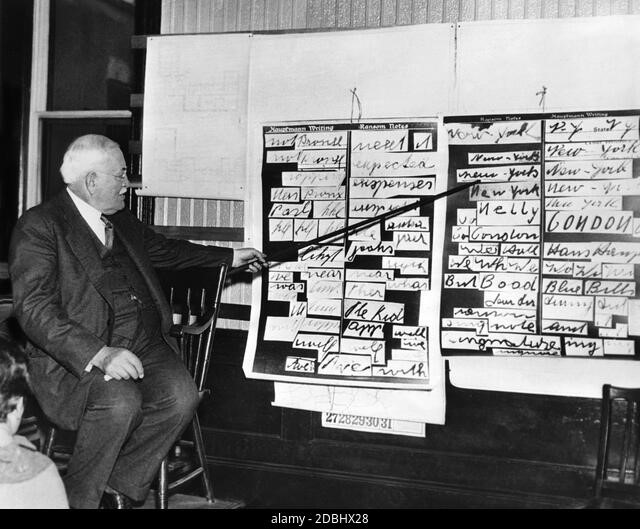 Albert S. Osborn (1858-1946)
Albert S. Osborn (1858-1946)
Albert S. Osborn laid the foundation of document examination with his book "Questioned Documents" published in 1910, in which he wrote the principles of document examination. Thanks to Osborn, he made significant contributions to the acceptance of his expertise as a forensic document examiner in courts, regarding forged documents, as legal evidence in criminal cases.
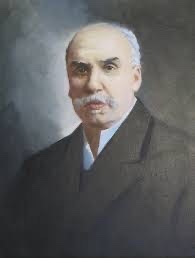 Hans Gross (1847 – 1915)
Hans Gross (1847 – 1915)
Gross, an Austrian prosecutor, wrote a textbook on the contribution of science to criminal investigations. He has written articles on the contribution of microscopy, fingerprinting, chemistry, mineralogy, zoology, botany, and anthropometry to investigations. The journal he established, "Archiv für Kriminalanthropologie und Kriminalistik," is still being published. He argued for the need to scientifically prove the truth due to the unreliability of witness statements and published the "Handbuch der Kriminalistik" (Handbook of Criminalistics) in 1891, which served as a guide for the evaluation of evidence.
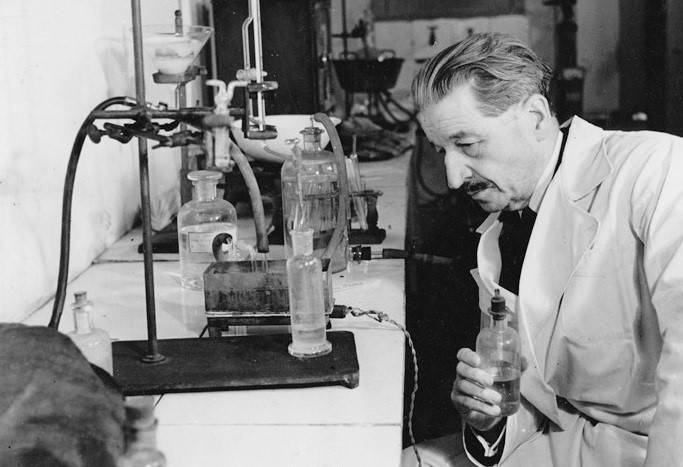 Edmond Locard (1877 – 1966)
Edmond Locard (1877 – 1966)
Locard, a French physician and lawyer, made the first systematic studies on crime scene investigation and criminalistics at the beginning of the 20th century, by putting forward the concept of "Every contact leaves a trace, and by following this trace, a connection can be made between crime and criminal" (Locard principle). Stating that it can be connected with crime even through dust particles, 'Every contact leaves a trace.' It has entered the literature as the Locard Change Principle.
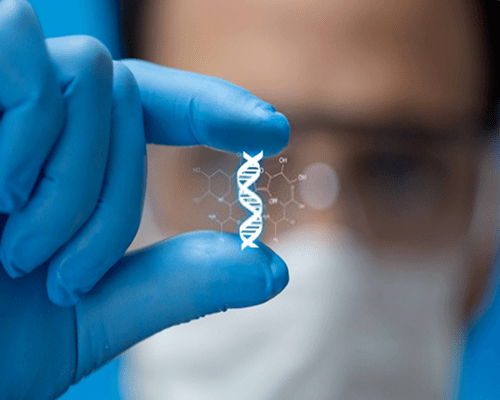 Watson ve Crick
Watson ve Crick
In the early 1950s, they discovered the structure and function of DNA. Sir Alec Jeffreys developed the first forensic DNA identification method in 1984, giving the technique the name "DNA fingerprinting," thus giving birth to forensic DNA technology.
THE SITUATION IN TURKEY
Forensic sciences date back to the period of the Ottoman Empire in 1768. The first Military Medical School influenced by France and Germany was opened in Istanbul in 1839. In our country, in the context of contributing to the elucidation of crimes by examining the physical evidence related to criminal incidents using scientific and technical methods, forensic expertise is provided in the field of forensic sciences. The institutions responsible for forensic activities include the Forensic Medicine Institution, affiliated with the Ministry of Justice, the Criminal Police Laboratories Department, under the Ministry of Interior's General Directorate of Security, and the Gendarmerie Criminal Department, under the Ministry of Interior's Gendarmerie Command. In addition to these institutions, many hospitals, especially university hospitals, have forensic medicine units, and some universities have institutes that offer postgraduate education in the field of forensic sciences, engaging in activities related to forensic sciences. One of these institutes is the Institute of Forensic Sciences at Karadeniz Technical University.
These units closely follow the developments in their respective fields and continuously update their structures.
BRANCHES OF FORENSIC SCIENCE
Forensic sciences is not a standalone discipline, but rather a structure where various different disciplines come together for forensic purposes. The main branches and their areas of study are listed below.
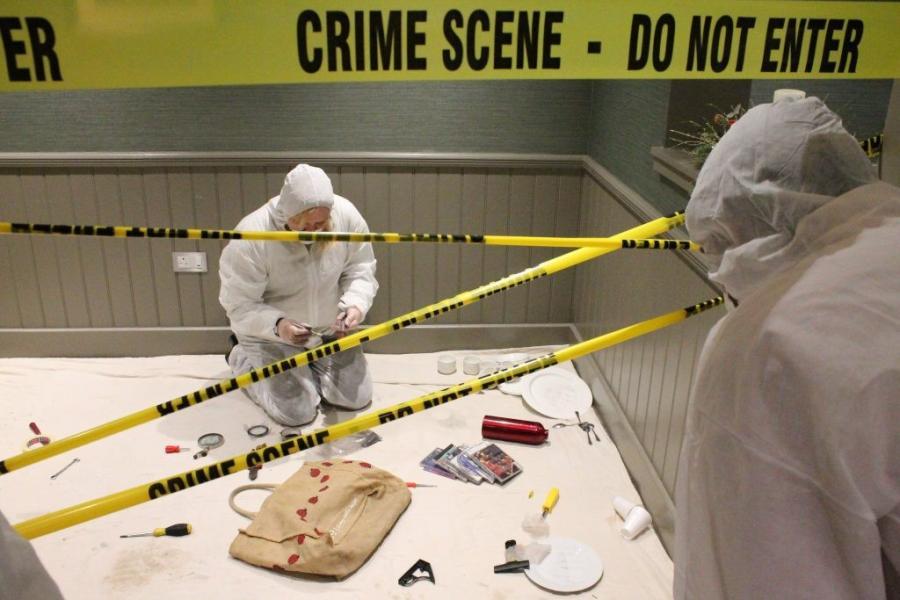 Crime Scene Investigation:
Crime Scene Investigation:
In the clarification of a crime, it is the stage of determining the organs that can contribute to the clarification of the event by examining the place of the crime in a timely and accurate manner, and carrying them out in an appropriate way, their preservation, packaging and the relevant forensic science laboratory. This is one of the most important stages in judicial cases.
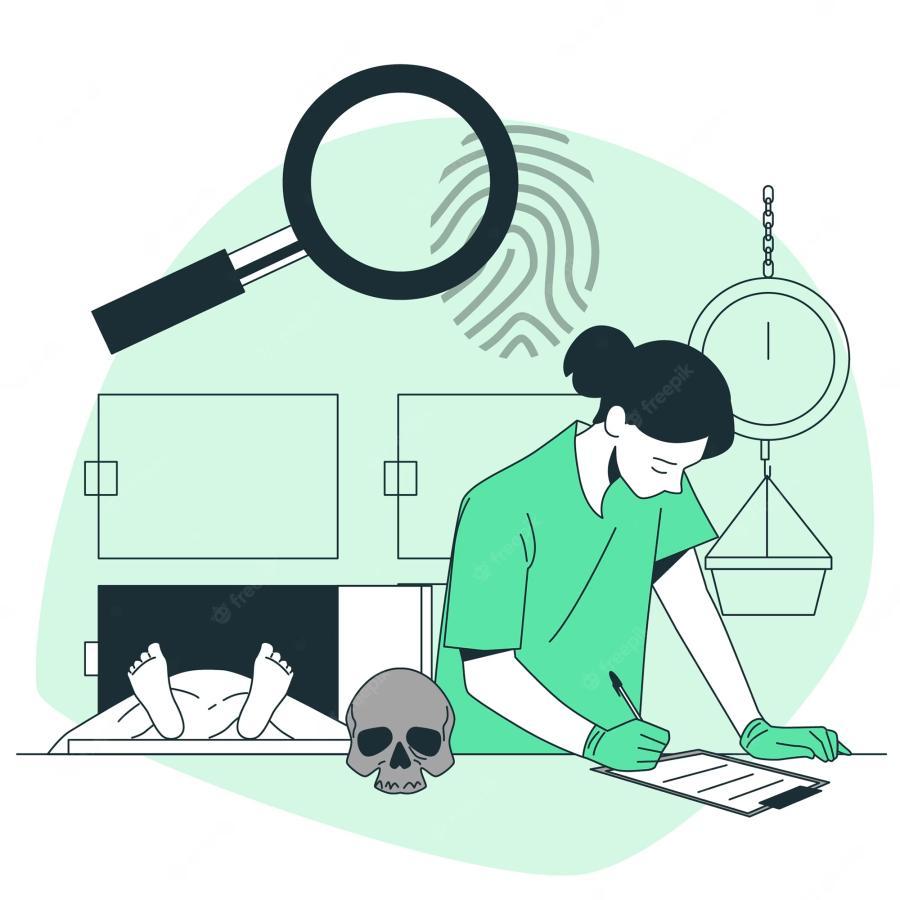 Forensic Medicine:
Forensic Medicine:
Forensic medicine is a branch of science that uses general principles and developments in medical science for the resolution of forensic cases. Although the study area is very wide, as the main study subjects; It makes determinations and evaluations on the examination of death and post-mortem changes, autopsy, evaluation of traumatized people, evaluation of disability cases, evaluation of sexual assault cases, age determination, and investigation of human rights violations.
 Forensic Toxicology:
Forensic Toxicology:
Forensic toxicology; It is one of the most important sub-branches of forensic science that includes the identification, analysis and evaluation of poisons and drugs in human tissues, organs and body fluids. The subject of forensic toxicology is the detection of all kinds of substances that can have a harmful effect on a living organism.
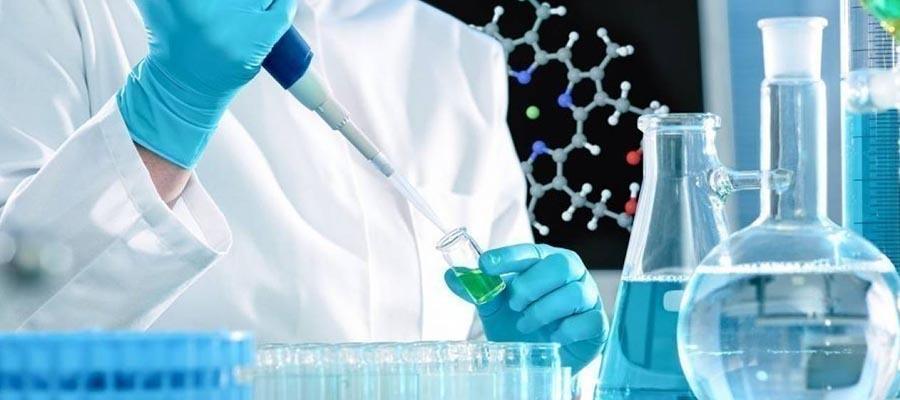 Forensic Chemistry:
Forensic Chemistry:
It is the branch of forensic science in which a wide variety of findings that require chemical analysis and investigations are examined, defined qualitatively and quantitatively, and correlated with each other. Drug analysis, toxicological examinations (drug analysis in body fluids, alcohol analysis in blood, etc.), explosive substance and explosive substance residues analysis, accelerator analysis of residues obtained at the crime scene in arson incidents, analysis of shot residues committed with crimes with firearms, glass obtained from the crime scene Findings such as soil, paint, metallic findings, fabric and fiber, plastic materials, adhesives, etc. by comparing them with similar findings obtained from suspects or their materials, determining whether there is a relationship between them and identifying unknown substances are the main areas of concern.
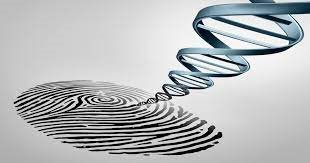 Forensic Biology:
Forensic Biology:
Forensic Biology is the branch of forensic science where all types of biological evidence (such as blood, semen, sweat, tissue fragments, hair, etc.) obtained from the crime scene, as well as potential sources of biological samples (cigarette butts, cups, bottles, toothbrushes, razors, etc.), are examined to establish an association and determine DNA data.
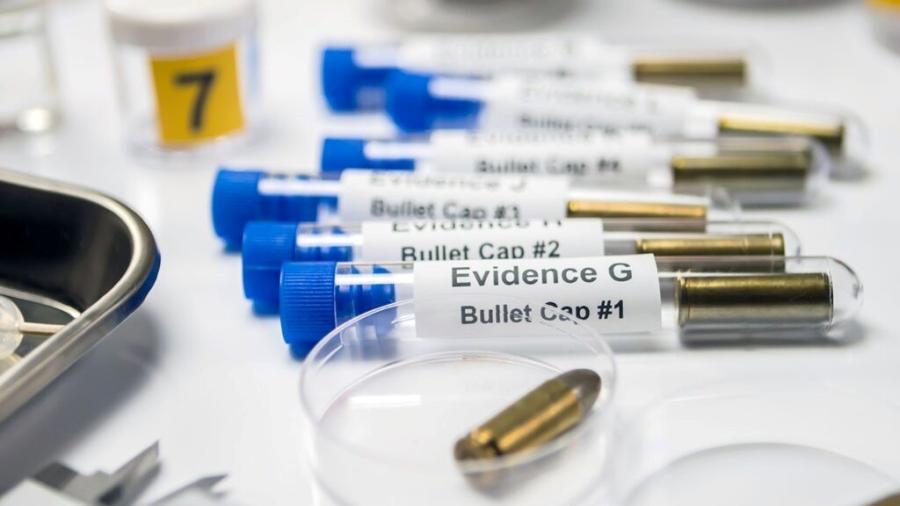 Forensic Ballistics:
Forensic Ballistics:
Forensic ballistics is the branch of forensic science that examines the ballistic findings obtained from the crime scene in the incidents where firearms and non-firearms are used, in accordance with the basic rules of sub-disciplines and that the findings are evidence.
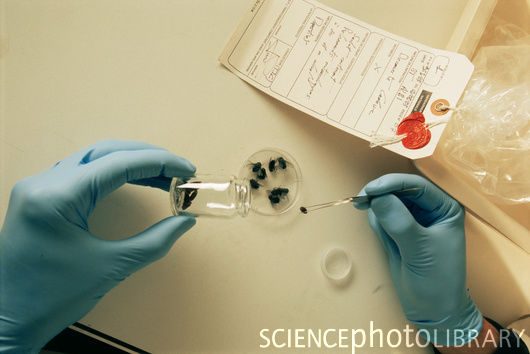 Forensic Entomology:
Forensic Entomology:
It is the branch of forensic science in which the time of death is determined by examining insects and insect larvae in various events, especially in suspicious deaths.
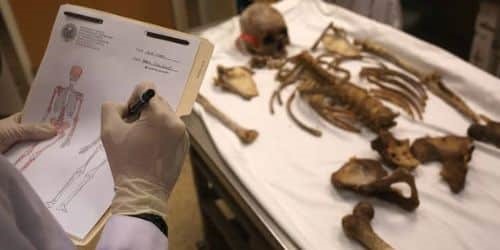 Forensic Anthropology:
Forensic Anthropology:
It is the branch of forensic science in which identification is made through the examination of bones and skeletons.
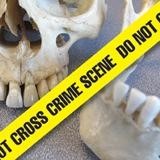 Forensic Tooth:
Forensic Tooth:
It is the forensic science of identifying the teeth of burnt and destroyed corpses in various incidents by examining the teeth.
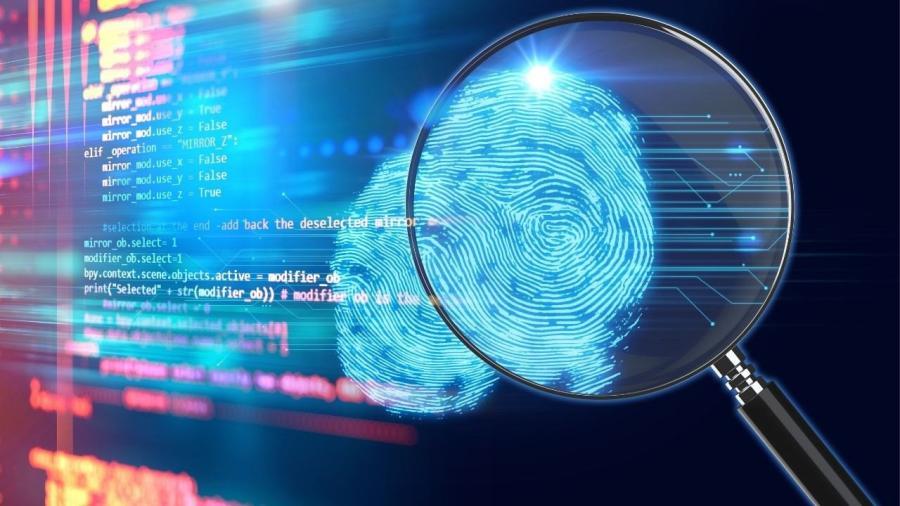 Forensic Informatics:
Forensic Informatics:
It is the branch of forensic science that provides access to data in various recording media that have been destroyed or encrypted in connection with computer crimes.
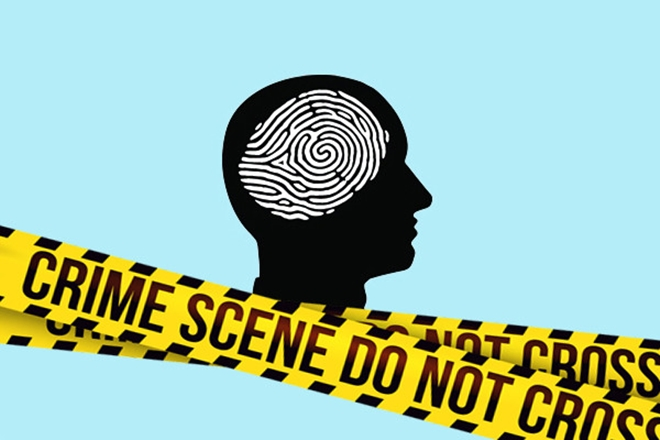 Forensic Psychiatry:
Forensic Psychiatry:
It is the branch of forensic science dealing with the clarification of the crime by evaluating the suspect's psychological characteristics and behaviors.
Other areas:

Forensic economics is a sub-branch of forensic science that applies the economic theories and methods used to solve legal problems. Forensic economists do not investigate illegal activities, they only apply economic theories to understand the incentives that underlie punishment.
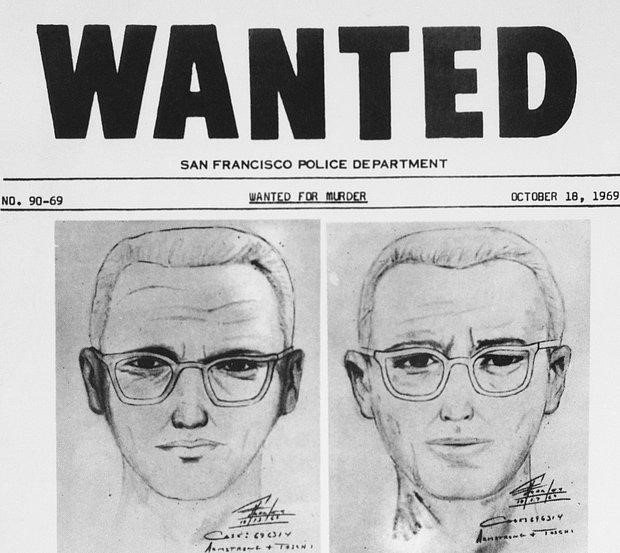
Forensic art is the practice of using artistic skills to modify drawings and images for forensic identification purposes in a forensic case study. It involves creating facial reconstructions using a rough profile sketch from witness statements or skeletal remains.

Forensic engineering involves the examination of materials, products, or structures that fail to meet the required function or are inherently flawed in their design. It also includes the investigation of transportation accidents and airplane crashes. The purpose of the investigation is to determine the cause of the failure.
Forensic astronomy is a branch of science that assists in the resolution of cases by applying meteorological findings to the field of justice. Astronomical and partially meteorological data related to the location, date, and time of an event, are not susceptible to deterioration or loss, similar to other pieces of evidence at the crime scene. This is because astronomical data can be obtained from relevant sources, while meteorological data can be obtained from reports maintained by regional meteorological stations.
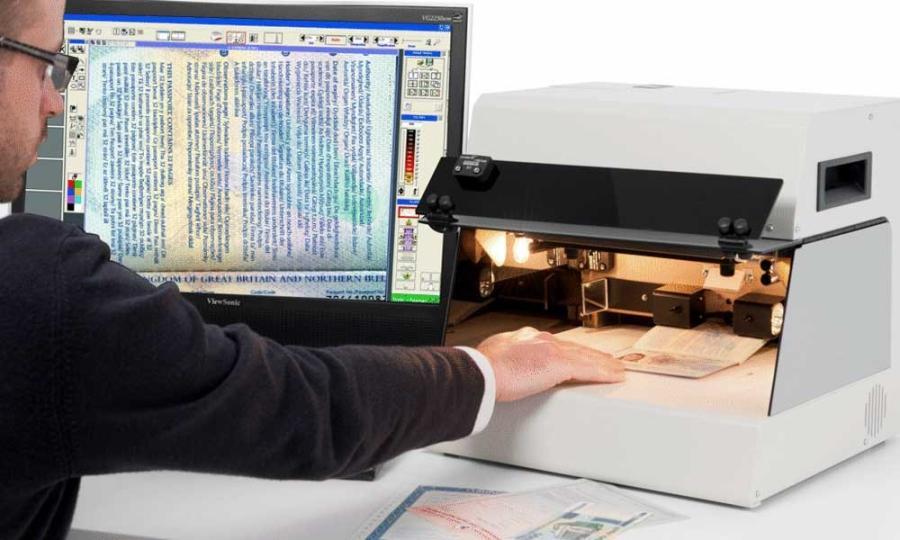
Document examination involves investigating whether any document, regardless of its value or official nature, is counterfeit or tampered with. Experts use the most up-to-date methods and devices to determine whether handwriting and signatures originate from a specific individual, or whether machine-generated text is produced by a particular machine.
Trace examination includes tool mark examination, shoe and vehicle tire track examination, serial number examination, physical examination, fracture surface examination, vehicle registration plate examination, incision mark examination, engine-chassis number examination, firearm serial number examination, and examination of other serial numbers.
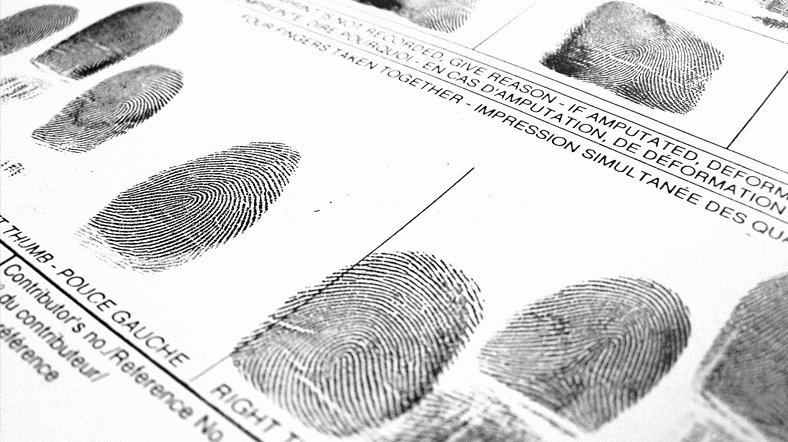
Fingerprint examination involves the identification of fingerprints and palm prints on evidence, as well as the comparison of crime scene impressions with fingerprints and palm prints in the database.
17 July 2023